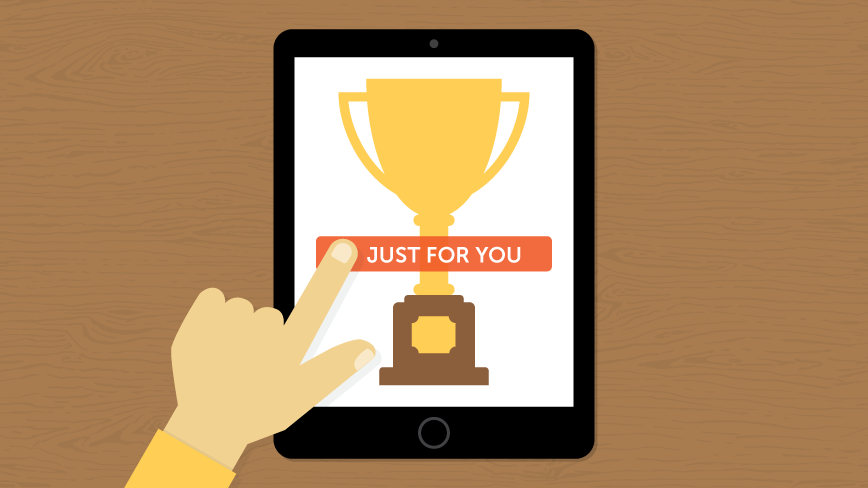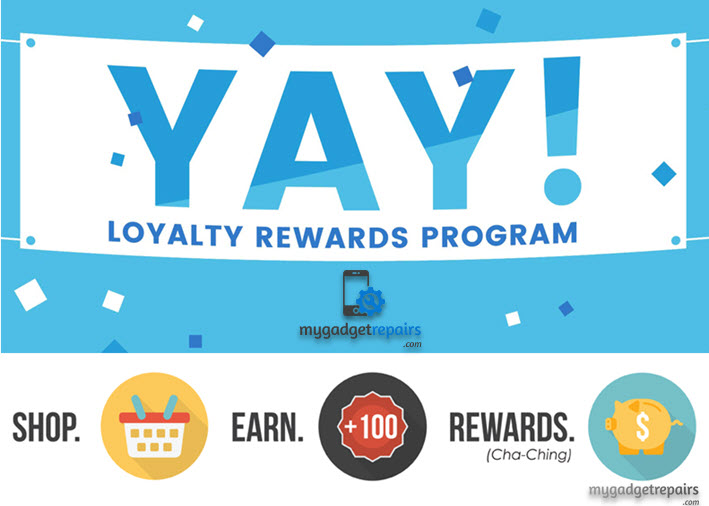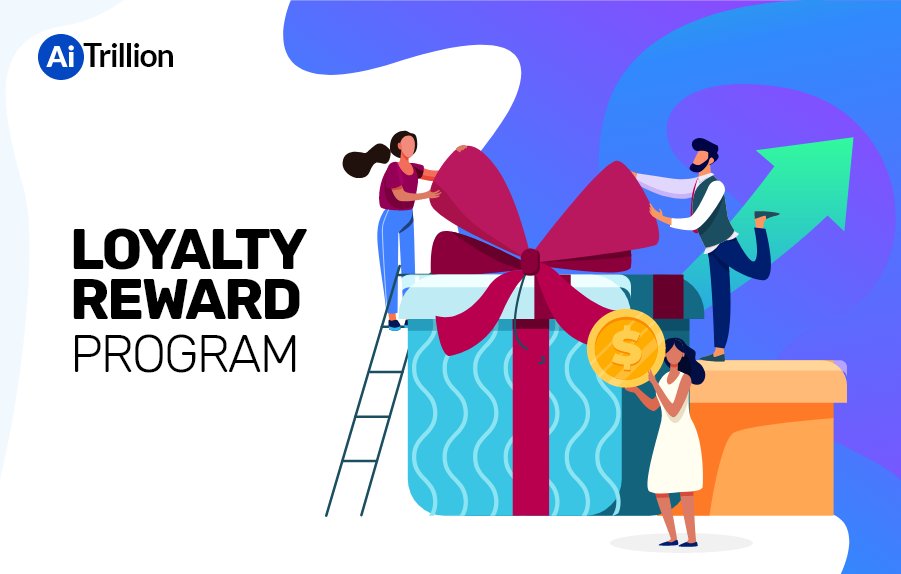All Categories
Featured
Table of Contents
In 50158, Preston Wise and Jonathan Guerrero Learned About Network Marketing

What if you could grow your company without increasing your spending? In truth, what if you could really reduce your spending however increase your sales, every year? Would you do it? If you're a business owner, then you'll likely give a definite 'yes', a basic answer to an even easier question.
A rewards program tracks and rewards specific costs habits by the client, offering special benefits to devoted customers who continue to patronize a certain brand name. The more that the client spends in the shop, the more advantages they get. With time, this reward constructs devoted consumers out of an existing customer base.

Even if you currently have a reward program in location, it's a great concept to dig in and completely understand what makes consumer commitment programs work, as well as how to carry out one that costs you little money and time. Don't stress, I'll assist you with that. I'll break down the main advantages of a loyalty program and the finest ways to create loyal customers.
Let's dig in. Consumer loyalty is when a client returns to do service with your brand over your rivals and is mostly influenced by the positive experiences that the customer has with your brand name. The more positive the experience, the most likely they will return to go shopping with you. Customer commitment is extremely crucial to services since it will assist you grow your service and sales faster than a basic marketing plan that focuses on recruiting new customers alone.
A couple of methods to determine consumer loyalty consist of:. NPS tools either send a brand name performance survey by means of e-mail or ask consumers for feedback while they are going to a service's website. This details can then be utilized to much better understand the possibility of customer commitment. A repurchase ratio determines the ratio of repeat buyers versus one-time purchasers.
Customer commitment index (CLI). The CLI tracks customer commitment over time and resembles an NPS study. However, it considers a few extra aspects on top of NPS like upselling and buying. These metrics are then used to evaluate brand commitment. A consumer commitment program is a marketing strategy that rewards consumers who make purchases and engage with the brand on a continued basis.
Client benefits programs are designed to incentivize future purchases. This encourages them to continue doing business with your brand name. Client loyalty programs can be established in several ways. A popular consumer commitment program rewards clients through a points system, which can then be spent on future purchases. Another kind of consumer commitment program might reward them with member-exclusive benefits or free gifts, or it might even reward them by contributing cash to a charity that you and your customers are mutually enthusiastic about.
In Charlotte, NC, Paris Rush and Paige Dickson Learned About Type Of Content
By offering benefits to your clients for being loyal and encouraging, you'll develop a connection with them, deepening their relationship with your brand name and ideally making it less likely for them to change to a rival. You have actually likely seen consumer commitment programs in your own shopping experience, whether at your favorite coffee shops or your most frequented grocery stores.
But even if everyone is doing it does not mean that's a sufficient factor for you to do it too. The better you understand the advantages of a client rewards program, the more clarity you will have as you create one for your own store. You won't be sidetracked by amazing advantages and complicated loyalty points systems.
Remember: work smarter, not harder. Client retention is the primary benefit of a benefits program that serves as a structure to all of the other advantages. As you supply rewards for your existing consumer base to continue to buy from your store, you will supply your shop with a consistent flow of cash month after month.
By growing your retention rate, you can stop spending as much time or cash on increasing your overall number of clients. Why is this essential? Loyal consumers have a higher conversion rate than brand-new customers, indicating they are most likely to make a deal when they visit your store than a brand-new consumer.
By increasing your retention rate by only 5 percent, you can increase your revenues by 25 percent and as much as by 95 percent. Needless to say, your retention rate matters. Secret Takeaway: If you wish to substantially increase your profits, supply rewards for your existing clients to continue to patronize your store.
And you will not have to invest cash on marketing to get them there. Consumer acquisition (aka generating brand-new clients) takes a lot of effort and cash to persuade total strangers to trust your brand, come to your store, and try your products. In the end, any cash earned by this new customer is eclipsed by all of the cash invested in getting them there.
Key Takeaway: If you desire to decrease costs, focus on customer retention instead of customer acquisition. When you concentrate on offering a favorable customized experience for your existing consumers, they will naturally tell their family and friends about your brand. And with each subsequent transaction, devoted customers will tell much more individuals per transaction.
In Newport News, VA, Kael Guzman and Cade Hurst Learned About Target Market
The best part? Due to the fact that these new clients came from relied on sources, they are most likely to become loyal consumers themselves, investing more typically than brand-new consumers generated by other marketing efforts. The Chase Ultimate Benefits program, for instance, offers major benefits for individuals who travel a lot.
The 'ultimate rewards' that Chase cardholders receive include 2x points per dollar spent on all travel purchases in addition to primary rental car insurance coverage, no foreign deal charges, journey cancellation insurance coverage, and purchase security. For individuals who travel a lotand have non reusable earnings to do sothere is an enormous reward to invest cash through the ultimate rewards program.
This entire procedure makes redeeming rewards something worth bragging about, which is precisely what many cardholders wind up doing. And to assist them do it, Chase offers a bonus offer for that too. Key Takeaway: Make it simple for your customers to extol you and they will get the word out about your store for free.
Once you get the basics down, then utilizing a loyalty rewards app can help look after the technical information. Here are the steps to start with producing your customer commitment program. No consumer wishes to purchase items they don't desire or require. The same chooses your commitment program.
And the only way to customize an irresistible consumer loyalty program is by totally understanding your consumer base. The best way to do this? By implementing these methods: Construct customer contact info any place possible. Ensure your organization is constantly building a comprehensive contact list that allows you to access existing consumers as frequently and as easily as possible.

Track consumer behavior. Know what your clients desire and when they want it. In doing so, you can anticipate their wants and requires and offer them with a loyalty program that will satisfy them. Categorize client individual qualities and preferences. Take a multi-faceted approach, don't restrict your loyalty program to just one opportunity of success.
Encourage social media engagement. Frame strategies to engage with your consumers and target audience on social networks. They will quickly offer you with really informative feedback on your product or services, permitting you to better understand what they expect from your brand. As soon as you have exercised who your clients are and why they are doing service with your brand name, it's time to decide which type of loyalty benefits program will encourage them to remain devoted to you.
In Forest Hills, NY, Malia Odom and Christine Hodge Learned About Subscriber List
Nevertheless, the most typical customer loyalty programs centralize around these primary principles: The points program. This kind of program focuses on fulfilling customers for each purchase they make with points in a point system. These points can then either be used on future purchases or put towards some kind of reward.
The paid program. This kind of program requires customers to pay a one-time or annual fee to join your VIP list. Loyalty members who belong to this list have the ability to gain access to distinct rewards or member-exclusive advantages. The charity program. This type of program is a little bit different than the others.
This is achieved by motivating them to do organization with the brand and, in return, their commitment will be rewarded with a contribution to a charity. The tier program. This kind of program focuses on increasing levels of brand name loyalty. The more loyal a consumer is to a brand, the greater tier they will climb to and the much better the benefits they will get.
This type of program is just as it sounds, where one brand name partners with another brand to supply their collective audiences with special member discounts or offers that they can redeem while doing service with either brand. The neighborhood program. This type of program incentivizes brand commitment by providing its members with access to a like-minded community of individuals.
This kind of program is fairly similar to paid programs, nevertheless, the membership charge happens on a regular basis instead of a one-time payment. Next, select which client interactions you wish to reward. Base these rewards around which interactions benefit your organization the a lot of. For instance, to help your business out, you can provide action-based rewards like these: Reward clients more when doing organization with your brand name throughout a sluggish duration of the year or on a notoriously slow day of organization.
Reward clients for engaging with your brand name on social networks. Incentivize specific products you are attempting to move quickly. Incentivize purchases that are over a certain dollar quantity. The idea is to make your consumer loyalty program as easy as possible for your clients to use. If your client loyalty program isn't personnel friendly, isn't simple to track, is too expensive to run, or isn't easy for your clients to use or comprehend, then staff and clients alike most likely will not take benefit of it.
To get rid of these barriers to entry, think about integrating a customer commitment software that will assist you keep top of all of these elements of your program. Some quality client program software application include:. CandyBar is a digital punch card program. It works by tracking your customer's purchases through an app on a computer system, phone, or tablet.
In Bonita Springs, FL, Kristin Burke and Aryanna Reyes Learned About Customer Loyalty
Loyalty members can then inspect their benefits through text message and entrepreneur can utilize the program to call their customers. Yotpo. Yotpo is a cloud-based customer loyalty platform exclusively for eCommerce businesses. This software application is especially proficient at gathering every kind of user-generated content, valuable for tailoring a better consumer experience.
Loopy Loyalty is a helpful client loyalty software for organizations that primarily use Google Wallet or Apple Pay as their payment platforms. The software application creates a digital commitment card that sends push notifications to their clients' phones when they are in close distance to their traditional shop. When you've made the effort to decide which customer commitment methods you are going to carry out, it's time to start promoting and registering your very first loyalty members.
Use in-store advertisements, incorporate call-to-actions on your website, send promotions by means of e-mail newsletters, or upload advertising posts on social media to get your customers to sign up with. It's essential to comprehend the main benefits of a client rewards program so that you can develop an individualized experience for both you and your consumer.
Consider it. You know what sort of products your clients like to buy but do you understand what brings them back, day after day, week after week? What makes them choose your store over the store throughout the street? What makes them your consumer and not the customer of your most significant rival? Remarkably, the answers to these concerns don't come down to discount rate costs or quality items.
Latest Posts
Web Design Online Course:
Webpage Design (Article) - Further Learning - Khan Academy Tips and Tricks:
The Leader In Website Design – Squarespace Tips and Tricks: